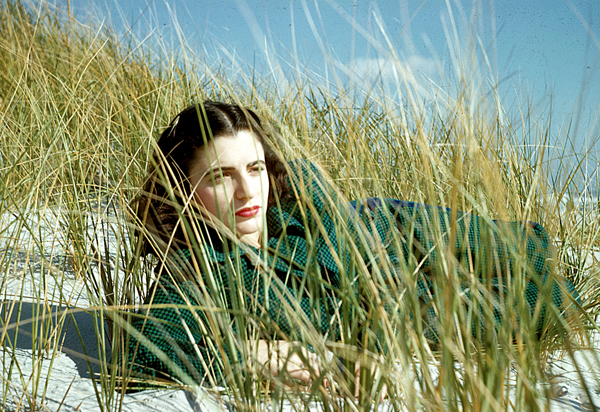|
Reviews of Recent Independent, Foreign, & Documentary Films in Theaters and DVD/Home Video

PHYLLIS AND HAROLD All our parents had lives, let alone might-have-been opportunities, before we were born. But can we ever really understand our mothers and fathers through the prism of our own lives? In Phyllis and Harold, Cindy Kleine subjectively, and with more than a bit of vengeance, intriguingly scrutinizes her parents and their tense marriage of 59 years. She first interviewed them separately for a short film, “Till Death Do Us Part.” The same questions she poses to each about how they met in 1939 elicit completely different answers, like a mash-up of the duets “Do You Love Me?” from Fiddler on the Roof and Gigi’s “I Remember It Well.” She finds a revelatory trove of love letters they wrote each other when he was finishing dental school and then serving in the military in Texas while she was still living with her parents at Rockaway Beach. They woodenly read the passionate sentiments on camera, and gradually turn their backs to each other. Both think that the people who wrote them are childish strangers to them now. Cindy is also incredulous—she remembers a house full of anger. (Her childhood is frequently represented through lighthearted Terry Gilliam-esque animated photographs.) The filmmaker talks directly to the camera with resentment about Phyllis’s selfishness for not mentioning, in an interview, her children as highlights of her life, yet Cindy does sympathize with her parents, exemplars of a newly affluent generation who felt pressured to conform in the Long Island suburbs. (My parents from Brooklyn are about the same age, and they or other relatives could have crossed paths with the Kleines at many points.) She understands how a woman of that time could get trapped in The Feminine Mystique that Betty Friedan first identified in her 1963 classic study. Not verbal about his emotions, Harold is typical of his generation, but his point of view comes through his well-placed viewfinder. Hundreds of his travel photos and home movies are not just amateur Kodachrome snapshots. They also beautifully captured the image that his wife was determined to project—he just completely missed how much she was striking a pose in life, too. Stiffly coiffed and impeccably dressed as if girded for the battle of the sexes, Phyllis was a real-life, brunette version of the repressed fictional wife in TV’s Mad Men. (The designers for the show should use his pictures as references). Harold apparently just took one photo of Cindy with her beloved African-American nanny, Annie, and it’s an awkward segment when Cindy visits her. Annie only vaguely explains why she left when Cindy was 10 as the tensions between Phyllis and Harold made it too uncomfortable for everyone living there. The myopic director asks Annie nothing about her own life and family, let alone for comparisons to other families she may have tended. The man who most disrupted her mother’s ordered life decades ago refuses to talk on camera, but Cindy doesn’t interview any one else outside the immediate family, as if friends’ or relatives’ perspectives are irrelevant to understanding who her parents were. Though the
passing years aren’t labeled on screen, Cindy kept filming as her
parents conspicuously aged. By the end of their lives, she finally
seems to gain perspective on how relationships change over time,
particularly when she herself marries at age 40. But she is no different
from any other self-absorbed baby boomer. It is her and her parents’
very middle-class ordinariness and conventionality that makes this an
archetypal look at a generation beneath the stereotypes.
Nora Lee Mandel
|

